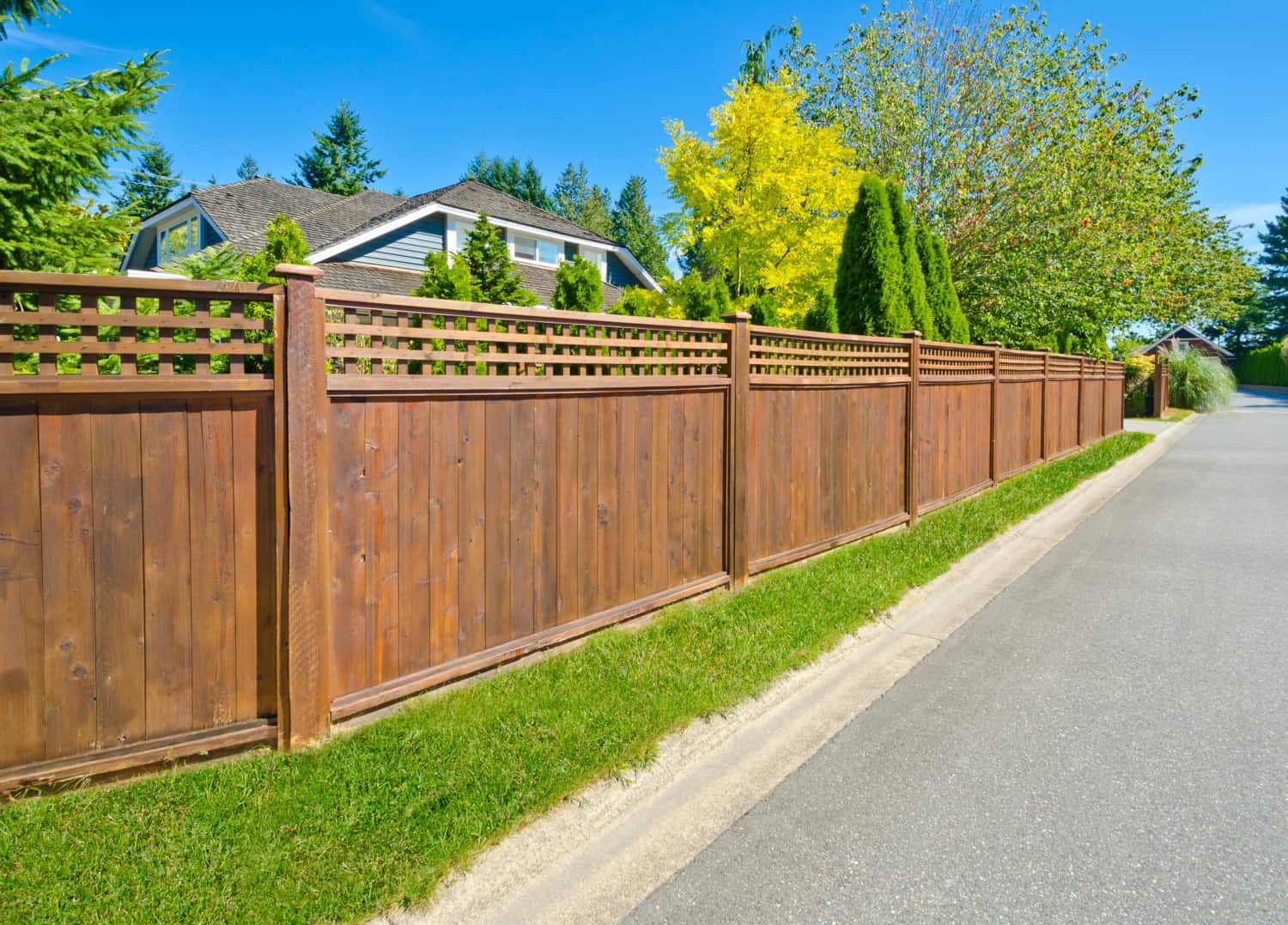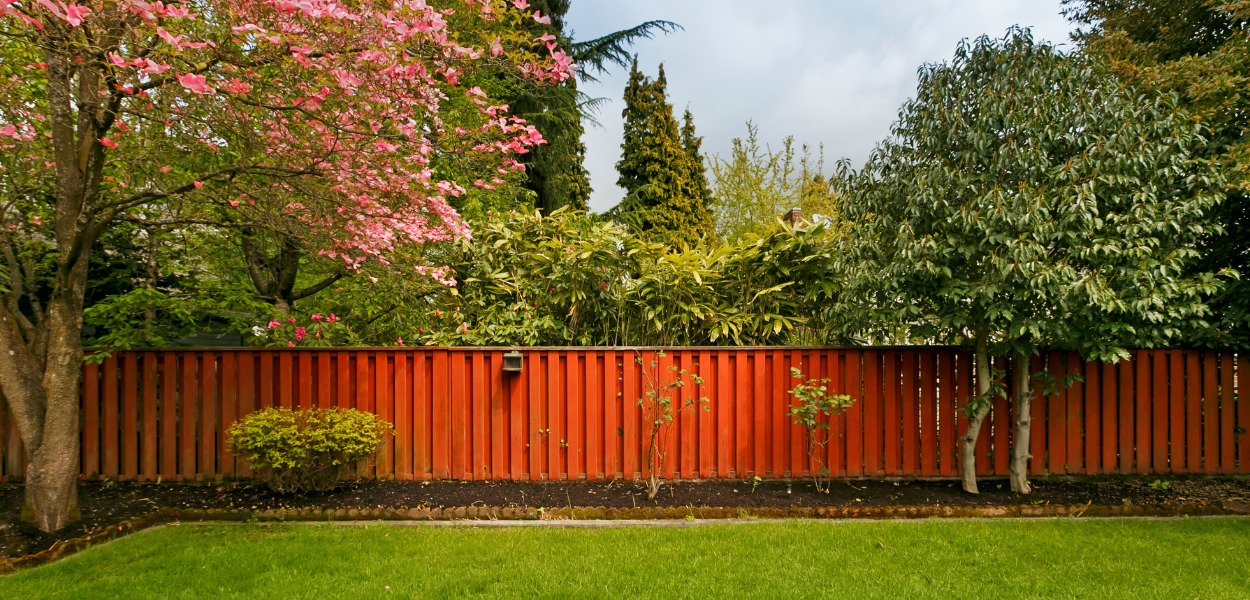All Categories
Featured

As house owners and businesses alike end up being much more eco aware, finding sustainable and environmentally friendly fence products is a vital consideration. Whether you're seeking to construct a fencing for personal privacy, safety and security, or aesthetic allure, choosing products that minimize your environmental footprint can help safeguard the planet. In this article, we will discover several environment-friendly fence options, each offering unique benefits for your residential property and the setting.
- Bamboo Fence: A Renewable Source. Bamboo is commonly recognized as one of one of the most green and sustainable secure fencing materials offered today. As a lawn rather than a tree, bamboo expands quickly and can get to full maturity in simply 3 to 5 years, making it a very sustainable resource.
Environmental Benefits: Bamboo soaks up much more carbon dioxide than lots of various other plants, aiding counter greenhouse gases. Additionally, bamboo calls for marginal pesticides and plant foods, making it a healthier option for the atmosphere. Sturdiness: Correctly treated bamboo is resistant to pests and dampness, suggesting it can stand up to the aspects better than other timber alternatives. Aesthetic Appeal: Bamboo supplies a clean, modern look that works well with various landscaping designs, from exotic yards to contemporary urban layouts. While bamboo fencing is long lasting, it does call for appropriate care to maintain its long life, such as normal cleansing and routine sealing.
- Recycled Timber Fencing: Giving New Life to Old Products. Recycled timber is an excellent environmentally friendly selection for those that want the all-natural elegance of wood fence without adding to logging. This material is often sourced from old structures, pallets, or various other repurposed wood items, reducing the demand for freshly collected timber.

Environmental Advantages: Utilizing redeemed wood helps in reducing the requirement to lower new trees and can additionally avoid beneficial materials from winding up in land fills. Longevity: Relying on the sort of wood and treatment it receives, recycled timber fences can be equally as long lasting as new timber, especially if maintained correctly with sealers and weatherproofing. Aesthetic Appeal: Recycled timber fencings carry a rustic appeal and can be discolored or repainted to fit your personal style. The major factor to consider with recycled wood is its maintenance. With time, timber can come to be prone to rot, insect damages, and weathering, so regular maintenance is necessary to prolong the life of your fencing.
- Metal Fence: Recyclable and sturdy. Aluminum and steel fencing, specifically when sourced from recycled products, offers a strong, green option to traditional timber fencing. These steels are 100% recyclable, meaning they can be repurposed indefinitely without shedding high quality.

Environmental Benefits: Metals like light weight aluminum and steel decrease the need for brand-new mining and raw product extraction, both of which have substantial environmental effects. Furthermore, reusing metals calls for much less energy contrasted to creating new metal from basic materials. Longevity: Steel fencings are exceptionally strong, immune to weathering, and need little upkeep compared to timber options. Visual Appeal: Metal fencings can be created in smooth, modern-day designs, or even more typical looks, offering convenience for any kind of building. While metal fencings are durable and low-maintenance, they are not as reliable at providing privacy contrasted to timber or vinyl choices as a result of the spaces in between the slats or bars.
- Living Fences: Natural and Green. Living fences, made from dense hedges, bushes, or trees, offer a environmentally pleasant and all-natural option to typical fence. Not only do they create a privacy barrier, however they also contribute to the setting by sustaining wildlife and enhancing air high quality.
Environmental Advantages: Living fencings soak up co2, boost dirt high quality, and give environments for birds and other wildlife. In addition, they lower sound pollution and boost air high quality by filtering pollutants. Durability: While living fencings require more maintenance than other materials (e.g., trimming, watering), they can be extremely lasting if appropriately kept. Aesthetic Appeal: Living fencings create a beautiful, all-natural boundary that enhances the landscape and offers a natural and special look contrasted to traditional secure fencing options. The key disadvantage of living fences is that they require recurring upkeep and care, consisting of regular cutting and insect control.
- Hemp Fence: Sustainable and solid. Hemp is a fast-growing and eco-friendly plant that can be made use of to develop strong, environmentally friendly secure fencing. Hemp fence is made from all-natural hemp fibers, which are sturdy, naturally degradable, and immune to parasites.
Environmental Benefits: Hemp expands rapidly and needs little water or chemicals. It also helps sequester carbon, minimizing greenhouse gases in the ambience. When the fencing is no more required, hemp is eco-friendly and can be composted. Longevity: Hemp is normally resistant to mold and mildew and bugs, which aids it stand up to numerous weather and stay clear of making use of harsh chemicals. Sustainability: Hemp farming is much less resource-intensive compared to various other crops and aids maintain dirt health via plant turning. Hemp fences are a reasonably new choice on the marketplace, and they may not be as extensively offered as other materials. Furthermore, they may not be as commonly utilized for high-security applications.
Verdict: Pick Eco-Friendly Secure Fencing for a Sustainable Future. There are several green fence products to consider, each offering unique benefits for your residential or commercial property and the environment. Whether you select bamboo, recycled timber, metal, living fencings, or hemp, each choice permits you to develop a useful and beautiful border while reducing your ecological footprint. By selecting sustainable products, you contribute to a greener future and support the growing motion towards responsible construction and landscape design practices.
Latest Posts
Explore Leading Car Repair Solutions from Montclare Auto Repair – Quality Service Today
Published en
1 min read
Reasons Regular Vehicle Maintenance at Montclare Auto Repair Reduces Costs
Published en
1 min read
Unlock WyHy Federal Credit Union – Smart Money Management for Your Money Goals
Published en
1 min read
More
Latest Posts
Explore Leading Car Repair Solutions from Montclare Auto Repair – Quality Service Today
Published May 29, 25
1 min read
Reasons Regular Vehicle Maintenance at Montclare Auto Repair Reduces Costs
Published May 27, 25
1 min read
Unlock WyHy Federal Credit Union – Smart Money Management for Your Money Goals
Published May 25, 25
1 min read